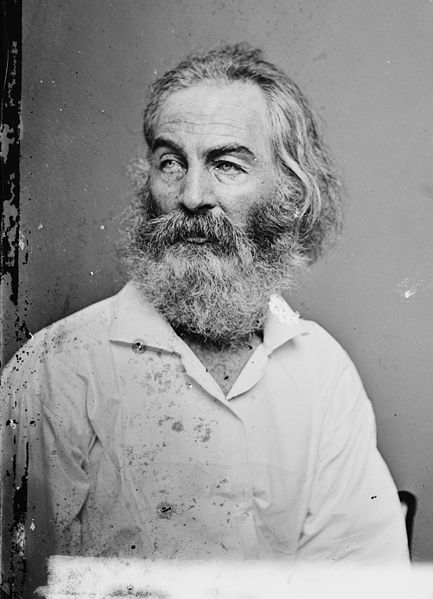In the Lakota way, speakers introduce themselves. Only after that do they proceed to the matter at hand. In telling their personal histories and related incidents, they display their attitudes and feelings toward those events and, more important, the impact those events have had on them. Thus their comments are spoken from a definite context, with definite attitudes which give their remarks a special integrity, meaning, wisdom and depth. Thus the hearer is able to appreciate both the experiences, preferences, and limitations of each speaker. Through their personal introductions, the speakers respectfully recognize that others may know other truths because others have different experiences and relationships to what is being talked about.As the mainstream culture strives to become more Christlike as articulated in Rick Warren's book The Purpose Driven Life, it would be well served to examine the Lakota disposition as described above. Each of us has a limited perspective and yet a unique perspective shaped by personal experience. Given the heated public discourse and ideological division in the political sphere, we should ask ourselves, have we sold out our unique perspective, to be conveyed in a disposition of love and humility, to bleat someone else's ideology? We live in an increasingly complex society that's ripe for purveyors of simplistic ideologies that unnecessarily sow division and discord among the people.
Friday, July 2, 2010
The Merging of Mainstream American Culture with its Indigenous Culture
At the Huntington Library in Pasadena, California, there's an original letter written in Walt Whitman's own hand that extols his countrymen and women to break the habit of always looking to Europe for the future and look instead to its own native influences, including its Native Americans. In this entry, I'll cite the catholic priest William Stolzman who does just this as described in his book, The Pipe and Christ. Stolzman's parish was on the Pine Ridge Reservation and there he chaired a series of dialogues concerning the Lakota and Christian religions. In his book, Stolzman argues, successfully I believe, in the compatible and complementary attributes of both religions. In the beginning of the book, Stoltzman describes the Lakota way of dialogue in the following excerpt:
Subscribe to:
Post Comments (Atom)














No comments:
Post a Comment